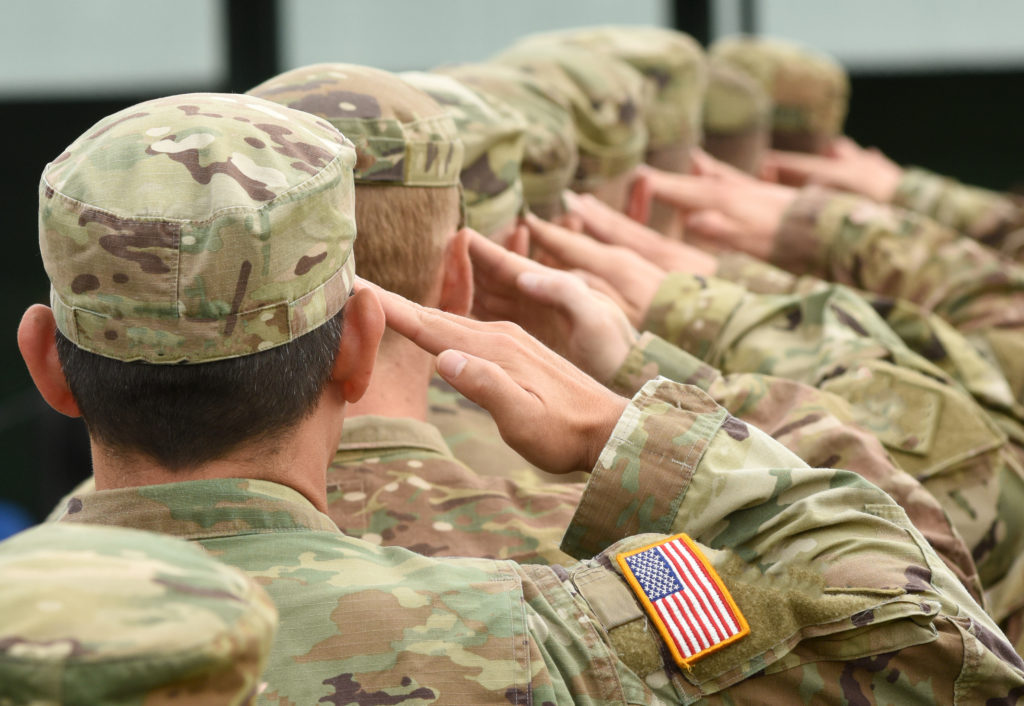

In many militaries, hand salutes are only given when a cover (protection for the head, usually a hat) is worn.Ī captain of the French Navy salutes by holding the flat of his saber to his face during the ceremonies of the 14th of July in Toulon In the Hellenic Army salute, the palm is facing down and the fingers point to the coat of arms. In the Russian military, the right hand, palm down, is brought to the right temple, almost, but not quite, touching the head has to be covered. The customary salute in the Polish Armed Forces is the two-fingers salute, a variation of the British military salute with only two fingers extended. The British Army's salute is almost identical to the French salute, with the palm facing outward. Hand salutes are normally carried out by bringing the right hand to the head in some way, the precise manner varying between countries and sometimes amongst various branches of the armed forces of the same country. During the Napoleonic Wars, British crews saluted officers by touching a clenched fist to the brow as though grasping a hat-brim between fingers and thumb.

The naval salute, with the palm downwards is said to have evolved because the palms of naval ratings, particularly deckhands, were often dirty through working with lines and was deemed insulting to present a dirty palm to an officer thus the palm was turned downwards. In the Austrian Army the practice of making a hand salute replaced that of removing the headdress in 1790, although officers wearing cocked hats continued to remove them when greeting superiors until 1868. With the advent of increasingly cumbersome headgear in the 18th and 19th centuries, the act of removing one's hat was gradually converted into the simpler gesture of grasping or touching the visor and issuing a courteous salutation.Īs early as 1745, a British order book stated that: "The men are ordered not to pull off their hats when they pass an officer, or to speak to them, but only to clap up their hands to their hats and bow as they pass." Over time, it became conventionalized into something resembling the modern hand salute.

As late as the American Revolution, a British Army soldier saluted by removing his hat. The US Army Quartermaster School provides another explanation of the origin of the hand salute: that it was a long-established military courtesy for subordinates to remove their headgear in the presence of superiors. Īlso to show a sign of peace, that they are not carrying a weapon. Others also note that the raising of one's visor was a way to identify oneself saying "This is who I am, and I am not afraid." Medieval visors were, to this end, equipped with a protruding spike that allowed the visor to be raised using a saluting motion. According to some modern military manuals, the modern Western salute originated in France when knights greeted each other to show friendly intentions by raising their visors to show their faces. Rustic Civility by William Collins showing a child "tugging his forelock" as a person of higher standing passes on horseback (only visible by the shadow)Īccording to historical reconstruction, the ancient Roman military salute ( salutatio militaris) was analogous to the current military salute.


 0 kommentar(er)
0 kommentar(er)
